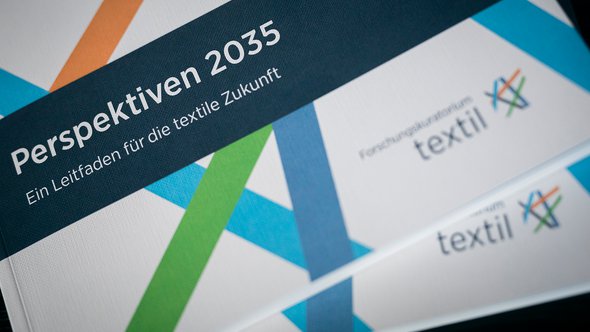Will carbon fibres be made of straw? Is textile concrete the future material? What position on the international market will the German textile producers and textile machine manufacturers have in the coming years? To find the answers to those and other questions, the Textile Research Board (FKT) and the Berlin Institute for Innovation and Technology (iit) conducted the study Perspectives 2035 to take a closer look at the future of the German textile research.
The project connects to the study Perspectives 2025 from the year 2012. That was the first time, the FKT had systematically scanned the future of textile research and textile industry. The Perspectives 2025 provided 133 ideas for textile-related utilization and 120 fields of application for textile materials. The new project reaches more further than that. Various methods had been combined, to analyse chances and risks for the textile economy extensively. With that, the textile industry created a unique data and knowledge pool, which allows profound conclusions to be drawn about the future development of textile markets.
The most important results of this 10-month project the FKT summarised in a short version of the study. It addresses representatives of the textile industry as well as decision-makers in politics, experts from other fields, journalists and the interested public.






